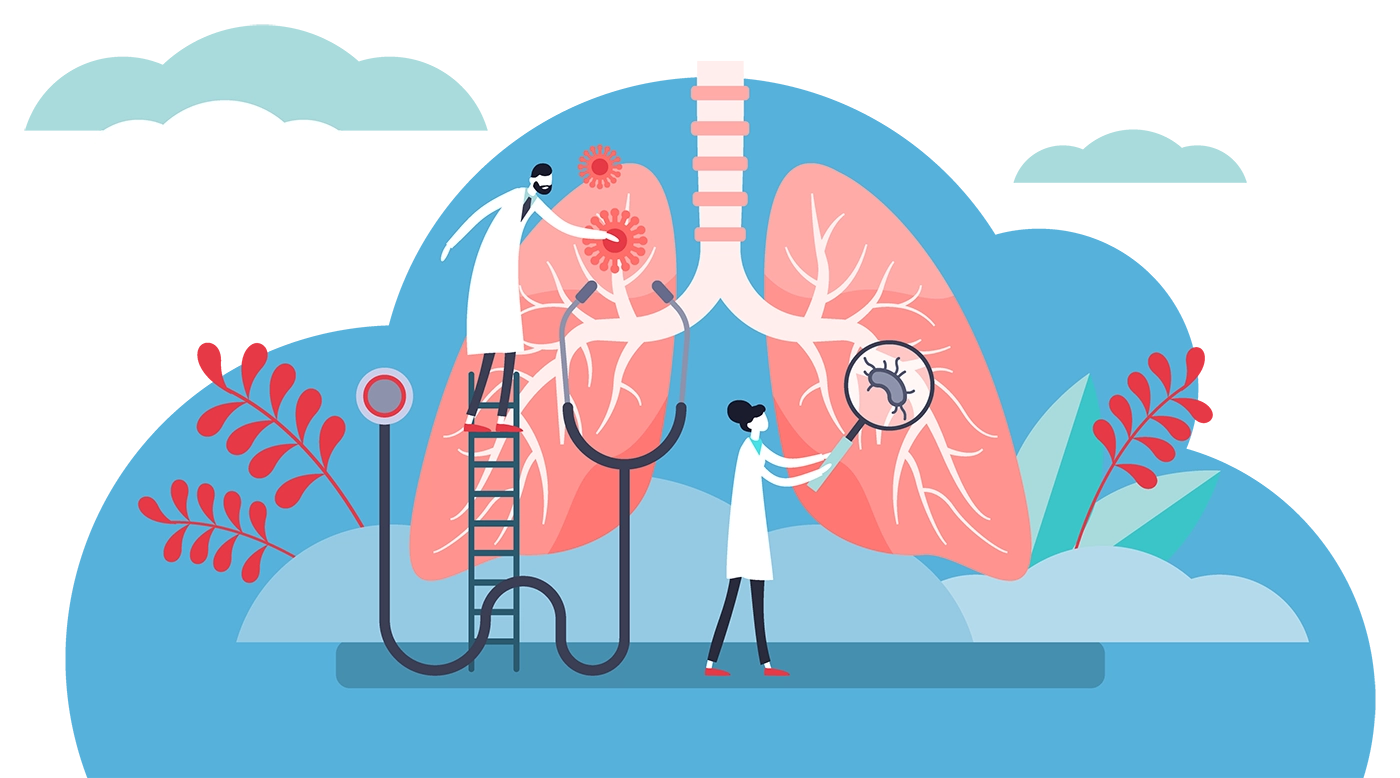Know the Risk of Blood Clots

One American Dies of a Blood Clot About Every Six Minutes1
Blood clots in the body, or venous thromboembolism (VTE), is a condition that affects Americans of all ages and backgrounds. VTE occurs when a blood clot forms in a vein. VTE includes pulmonary embolism (PE), a blood clot in the lung, and deep vein thrombosis (DVT), a blood clot in the legs or arms. Blood clots can be serious and potentially life threatening and often go undetected due to misdiagnosis of symptoms and low awareness.

~900,000
Americans affected by VTE2
~100,000
Americans die from a blood clot each year2
Up to 53%
of PE patients might be misdiagnosed3
1 in 20
people will develop DVT at some point in their life4

New Procedures Can Improve Outcomes
Traditional therapies include blood thinners, called anticoagulants, to keep blood clots from getting larger and stop new clots from forming, and in severe cases thrombolytics, or “clot busters,” which may be used to dissolve the clot. New minimally invasive technologies to remove blood clots, including computer assisted vacuum thrombectomy (CAVT), are also transforming VTE care.

Advocating for Patients
Get Out the Clot is a collaborative educational initiative uniting leading medical societies, patient advocacy organizations, healthcare providers, and other leaders in blood clot care to address gaps in treating blood clots. This campaign aims to work toward standardizing care for VTE, including expanding access to the latest innovations to improve patient outcomes.
Get Out the Clot
Starts with Me
Sign our pledge to raise awareness of VTE symptoms
and treatment options.
1. Calculation based on 100,000 deaths per year, per The Surgeon General’s Call to Action to Prevent Deep Vein Thrombosis and Pulmonary Embolism, 2008. Office of the Surgeon General (US); National Heart, Lung, and Blood Institute (US). The Surgeon General's Call to Action to Prevent Deep Vein Thrombosis and Pulmonary Embolism. Rockville (MD): Office of the Surgeon General (US); 2008. Available from: https://www.ncbi.nlm.nih.gov/books/NBK44178/
2. Centers for Disease Control and Prevention. (2023, June). Impact of Blood Clots on the United States Infographic. National Center on Birth Defects and Developmental Disabilities (NCBDDD). https://www.cdc.gov/blood-clots/toolkit/impact-of-blood-clots.html?CDC_AAref_Val=https://www.cdc.gov/ncbddd/dvt/infographic-impact.html. Accessed July 9, 2024.
3. Chun Shing Kwok, Chun Wai Wong, Saul Lovatt, Phyo K Myint, Yoon K Loke, Misdiagnosis of pulmonary embolism and missed pulmonary embolism: A systematic review of the literature, Health Sciences Review, Volume 3, 2022, 100022, ISSN 2772-6320, https://doi.org/10.1016/j.hsr.2022.100022.(https://www.sciencedirect.com/science/article/pii/S2772632022000113)
4. National Institutes of Health. (2022, September). Deep Venous Thrombosis of the Lower Extremity. https://www.ncbi.nlm.nih.gov/books/NBK470381/#:~:text=One%20out%20of%2020%20people,older%20than%2040%20years%20old. Accessed August 27, 2024.